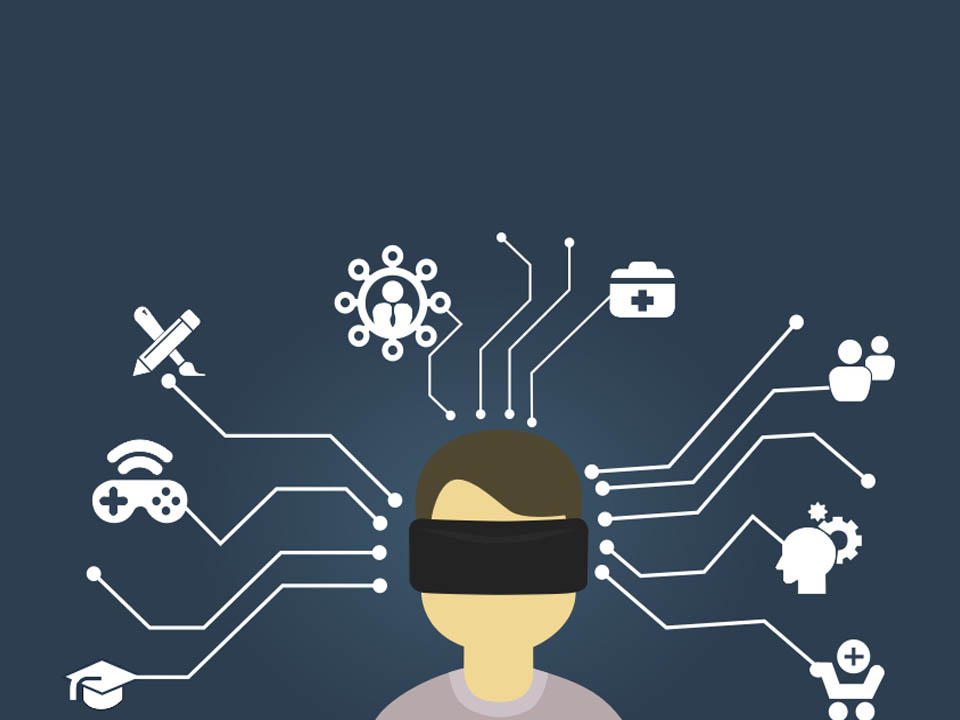Introducing new technologies always comes with many positive and negative comments. We are almost always worried about the dangers that a modern technology can bring to us. Mobile phones are among the devices that there are many debates about the safety of using them. Here we will review some solid studies about health risks of mobile technology.
Health risks of mobile technology (including cell phones and cellular towers) have become one of the major concerns of people and for the same reason are on the list of expert speculations. Sometimes it seems that this subject is more of a pretext for personal comments than a real citation. But given the importance of the matter, especially with the major expansion of using mobile phones in life today, we must judge it based on official and scientific studies.
Study methods
Researchers rely on two main types of studies to determine if something might harm human health or not:
Lab studies
Lab studies typically expose animals to factors like radio frequency energy to see if it causes tumors or other health problems. Researchers might also expose normal cells to RF energy to see whether it creates the same type of changes that are seen in cancer cells. It’s not always clear if the results from these kinds of studies will apply to humans, but lab studies allow researchers to control other factors that might affect the results carefully and to answer some fundamental science questions.
Studies in people
Other types of studies look at cancer rates in different groups of people. Such studies may compare the cancer rate in a group of subjects that are exposed to something like cell phone use, to cancer rate in another group that its members aren’t exposed to the same factor. They also may compare the rate with expected cancer rate in the general population. But sometimes it’s not easy to understand the meaning of the results of these studies because many other factors that might affect the results are hard to account.
In most cases, neither type of studies provide enough evidence on its own to show if something causes cancer in people, so researchers usually look at both lab-based and human studies.
What do lab studies suggest?
The energy of RF waves emitted by cell phones isn’t enough to heat body tissues or to damage DNA directly. Therefore, it’s hard to find any clear proof about how cell phones can cause cancer. Most studies done in the lab, support the idea that RF waves don’t cause DNA damage.
Some scientists have reported that the RF waves from cell phones affect human cells (in lab dishes) that might help the growth of tumors. However, multiple studies on rats and mice have looked at whether RF energy might increase the development of tumors caused by other known carcinogens (cancer-causing agents). But these studies didn’t find any proof of tumor promotion.
A major study by the US National Toxicology Program (NTP) exposed large groups of lab rats and mice to RF energy over their entire bodies for about 9 hours a day, starting before birth and continuing for up to 2 years. The NTP recently released partial findings from this study, focusing on malignant schwannomas of the heart in rats. The study found higher (although still low) risks of such tumors in male rats exposed to RF radiation, although there was no change of risk among female rats. Some aspects of this study make it hard to estimate how well its results might be applied to humans. For example, the doses of RF radiation in the study were also generally higher than those people are exposed to when using cell phones (much less being near a cell phone tower), and the amount of time the rats were exposed to the radiation was longer than most people typically spend on the phone each day.
A small study in people recently has shown a possible link between some other effects on the brain and cell phones use, although it’s not clear if they’re harmful. This study has found that when people hold an active cell phone near their ear for 50 minutes, brain tissues on the same side of the head use more glucose than tissues on the other side of the brain. Glucose is a type of sugar that brain normally uses it as fuel. When the brain is in use, Glucose usage in certain parts of it increases. When you are thinking, speaking, or moving, such increase happens. The possible health effect, if any, from the increase in glucose use from cell phone energy, is unknown.
What do studies in humans suggest?
Many studies have examined possible links between cell phone usage and tumors. Brain tumors have been in the center of the majority of these studies. Many of them have been case-control studies, in which patients with brain tumors that known as “cases” were compared to healthy people known as “controls”, regarding their past cell phone use.
The Interphone study
Interphone study in 13 countries was the largest case-control study performed to date. This study presents the results of analyses of brain tumor (glioma and meningioma) risk in relation to mobile phone use in all Interphone study centers combined.
Overall, the study found no link between the frequency or duration of calls or cell phone use for 10 or more years and risk of brain tumor. There was a hint of a possible raised risk of glioma, and a lower suggestion of an enhanced risk of meningioma, in the 10% of people who had highest using rate of cell phones. But deciphering this results wasn’t easy because some people in the study reported implausibly high cell phone use, as well as other issues. The researchers noted that the flaws of the study kept them from drawing any firm conclusions and that more research was needed.
The Danish cohort study
An extensive, long-term study has been comparing all of the people in Denmark who had a cellular subscription between 1982 and 1995 (about 400,000 people) to those without a subscription, in order to find a possible increase in brain tumors. The last update of this study followed people through 2007. Base on the results, using a cell phone even for more than 13 years, showed no link with risk of brain tumors, salivary gland tumors, or cancer overall.
This method of study (by following a large group of people going forward in time and not relying on subject’s memories about their cell phone use) is thought to be stronger than a case-control study.
As you can see, most studies do not show any link between mobile phone use and developing cancer or other serious health problems. On the other hand, there are other agents like sunlight, air pollution, smoking, unhealthy foods and more that we are all exposed to every day and have been officially known as risk factors in most studies. Still, proper and knowingly use of mobile technology can be a reliable precaution.






